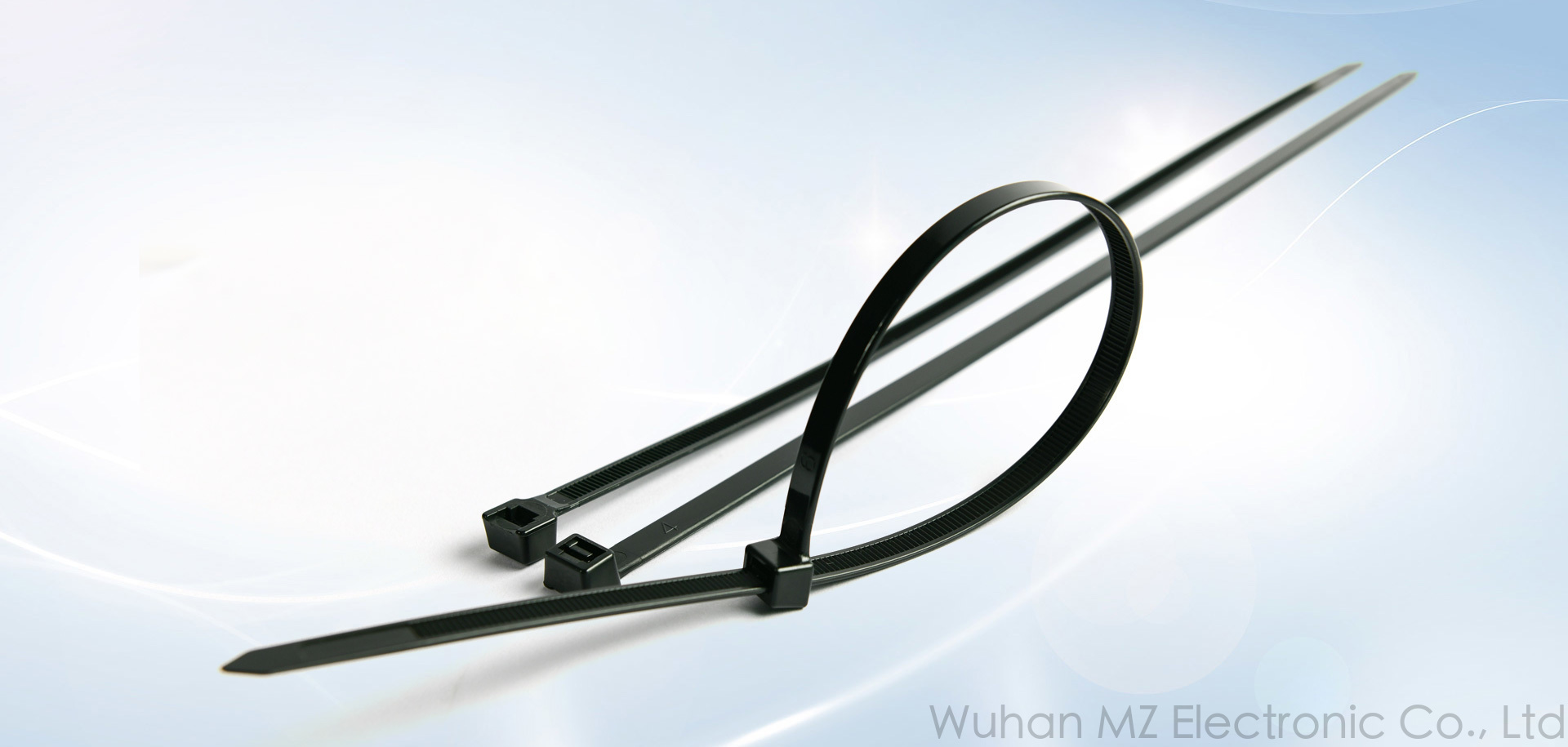01
2025
-
08
Tips for plastic cable ties to prevent scratches on items
Author:
Preventing Surface Damage When Using Plastic Cable Ties: Practical Techniques for Safe Fastening
Plastic cable ties are versatile tools for securing items, but their rigid edges and tightening mechanism can scratch, dent, or mar delicate surfaces like painted metal, polished wood, or soft plastics. By adopting protective wrapping methods, adjusting tension carefully, and using cushioning materials, you can ensure secure fastening without causing damage.
1. Protective Layer Wrapping for Delicate Surfaces
Direct contact between the cable tie and the object’s surface is a primary cause of scratches. Wrapping the object or the tie itself with a soft, non-abrasive material creates a barrier that absorbs pressure and prevents scuffs.
- Step 1: Choose a Suitable Wrapping Material
Opt for thin, flexible options like cloth tape, parchment paper, or silicone sheets. Avoid materials that fray easily or leave adhesive residue, such as duct tape or masking tape. - Step 2: Apply the Wrapping Layer
For cylindrical objects like pipes or painted poles, wrap the material around the surface before attaching the cable tie. Ensure full coverage of the area where the tie will sit. - Step 3: Secure the Cable Tie Over the Wrapping
Position the tie over the protected section, tightening it just enough to hold the object in place without compressing the wrapping material. Test stability by gently tugging.
This method works well for securing holiday lights to painted railings, bundling cables near furniture, or fastening tools to workbenches with varnished surfaces.
2. Adjustable Tension Techniques to Avoid Over-Tightening
Excessive force can deform soft materials or strip paint, even with protective wrapping. Mastering tension control ensures the tie stays secure without crushing or scratching the object.
- Step 1: Start with Loose Tension
Pull the cable tie’s tail only until the loop stays in place without sliding. For lightweight items like fabric or thin cables, this may be sufficient. - Step 2: Gradually Increase Pressure
If more security is needed, tighten the tie in small increments, checking the object’s surface after each adjustment. Stop when the tie feels snug but not constricted. - Step 3: Use a Tension Tool (Improvised)
If precise control is challenging, insert a flat object like a plastic card or ruler between the tie and the object. This distributes pressure evenly and prevents localized damage.
This approach is ideal for securing cushions to outdoor furniture, attaching plants to trellises, or bundling delicate electronic cables without damaging insulation.
3. Cushioning with Soft Inserts for High-Pressure Areas
When securing heavy or bulky items, the pressure from a cable tie can dent soft metals, plastics, or wood. Adding a cushioning insert absorbs force and protects the surface from deformation.
- Step 1: Select a Cushioning Material
Use foam strips, rubber bands, or felt pads cut to the width of the cable tie. Ensure the material is thick enough to create a buffer without interfering with the tie’s lock. - Step 2: Position the Insert Under the Tie
Slide the cushioning material between the cable tie and the object’s surface. For flat items like signs or panels, place the insert along the edge where the tie will sit. - Step 3: Tighten the Tie Over the Cushion
Apply tension gradually, allowing the cushion to compress slightly. The insert should remain visible on both sides of the tie to confirm even distribution.
This technique is effective for mounting lightweight shelves to walls, securing tarps to frames, or attaching accessories to bicycles without scratching the paint.
Optimizing Protection in Specific Scenarios
- Avoid Metallic Edges: When securing items to metal racks or hooks, ensure the cable tie doesn’t rub against sharp edges. Use additional wrapping or cushioning at contact points.
- Protect Against UV Degradation: In outdoor settings, sunlight can weaken protective materials over time. Choose UV-resistant options like silicone or treated cloth for long-lasting coverage.
- Minimize Friction: For items that move frequently, such as hanging planters or sliding cables, add a lubricant like talcum powder between the tie and the surface to reduce abrasion.
By combining protective wrapping, adjustable tension control, and cushioning inserts, you can leverage the functionality of plastic cable ties without compromising the integrity of delicate surfaces. These methods ensure secure fastening in applications ranging from home organization to industrial setups.
plastic cable ties
Hot News
2025-08-01
Tips for plastic cable ties to prevent scratches on items
Plastic cable ties are versatile tools for securing items, but their rigid edges and tightening mechanism can scratch, dent, or mar delicate surfaces like painted metal, polished wood, or soft plastics. By adopting protective wrapping methods, adjusting tension carefully, and using cushioning materials, you can ensure secure fastening without causing damage.
2025-08-01
Anti-detachment binding method of plastic cable ties
Plastic cable ties are widely used for organizing cables, securing items, or holding components together, but their tendency to loosen or slip under tension can compromise functionality. By employing advanced binding methods, adjusting tension properly, and reinforcing connections, you can ensure cable ties stay firmly in place for both temporary and long-term applications.
2025-07-31
Long-term fixation method of plastic cable ties
Plastic cable ties, when used strategically, can provide reliable long-term securement for items like outdoor equipment, structural supports, or storage systems. Their effectiveness depends on proper tensioning, environmental protection, and reinforcement to withstand stress, weather, and wear over time. Below are methods designed to ensure stability and longevity in fixed installations.
2025-07-31
Quality identification of wrenches
Plastic cable ties are ideal for temporary fixes, offering fast assembly and easy removal without damaging surfaces. Whether organizing cables during a project, securing loose items in transit, or holding components together during assembly, these techniques ensure stability while allowing flexibility for adjustments.

